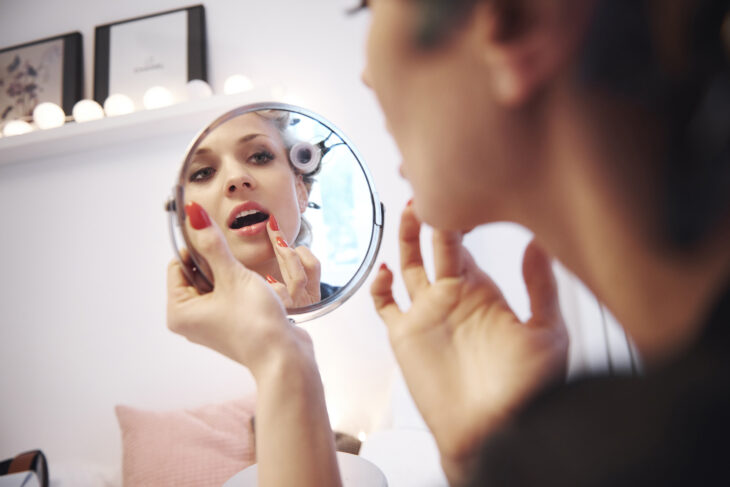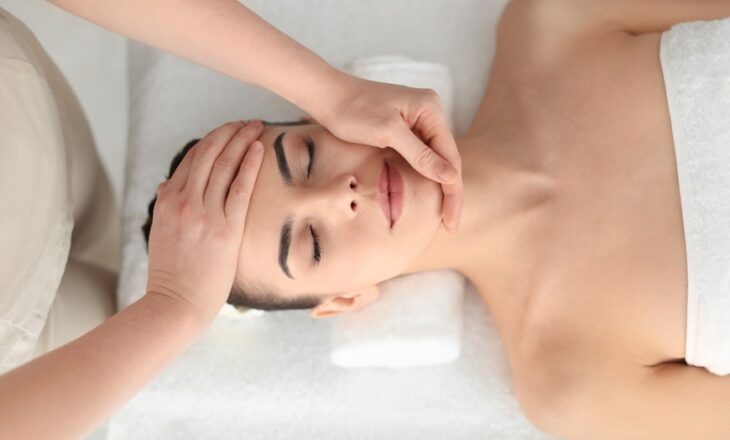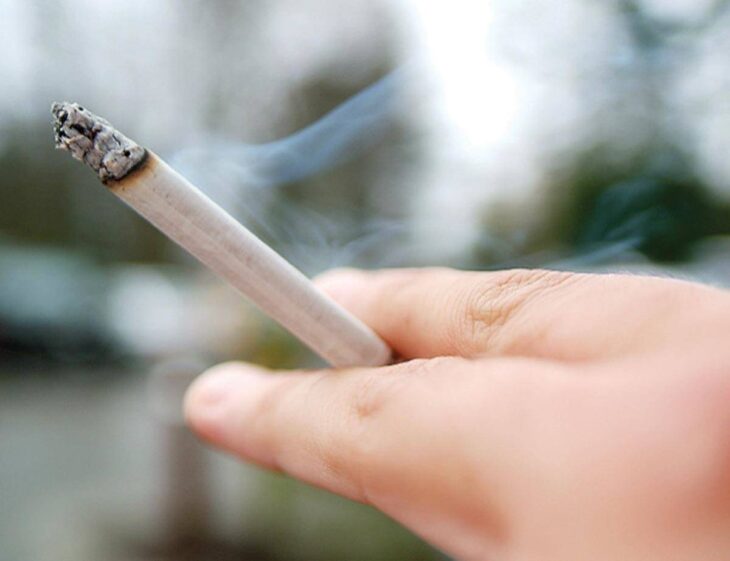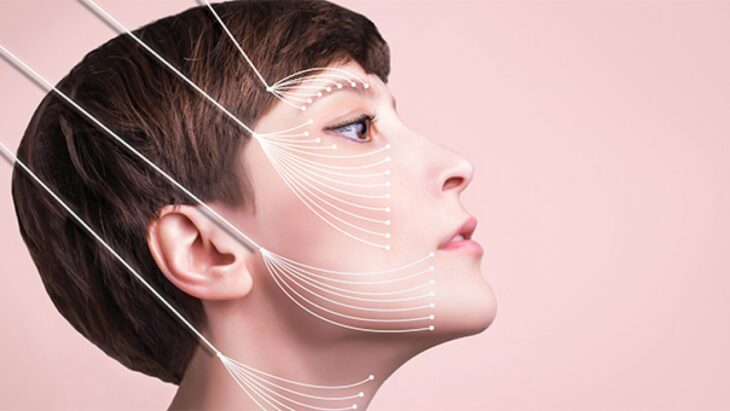PDO thread lift is a procedure for lifting drooping skin. It helps in tightening the skin to make it look younger and helps to fix the pores. In general, this approach employs the use of dissolvable suture. The suture used is a biodegradable material. There are several PDO threads on the market for treating drooping skin.
Polydioxanone (PDO) threads are very thin, often thinner than a human hair. Protein is the main component of PDO. The therapy generally lasts anywhere between forty five minutes to an hour. This approach promotes collagen development in the skin. It also takes time for the strands to disintegrate. In this article, we talk about the things you should do and the things you must avoid post this surgery.
Contents
What You Shouldn’t Do After This Surgery?
There are various pointers you should avoid following this procedure to get the best outcomes. Below mentioned are a few things that you should avoid:
-
Falling Asleep on Your Stomach

Source: isleepfitsystem.com
Excessive pressure on the treated region is probably the worst thing a person can do following this procedure. Sleeping on your stomach or any of your sides for the first week after treatment may cause swelling, pain, bruising, etc.
If you normally sleep on your side or stomach, or if you keep tossing and turning throughout your sleep, try to fall asleep on your backside for a few weeks before your treatment. If you continue to turn over, try finding a comfortable position on your backside, or you can consider sleeping in a chair to reduce your chances of sleeping on your side following therapy. Alternatively, on your bed, construct a towel wall around yourself.
-
Using Cosmetics

Source: nbcnews.com
There are various factors why you should not wear makeup for the first day after your therapy. Your skin is more sensitive in nature in the first few hours following treatment. You should also avoid using products that are known to cause slight skin irritation.
To decrease the possibility of applying a lot of pressure to your face, you must avoid wearing cosmetics for the first ten hours following treatment.
-
Receiving Facials and Massages

Source: crushpixel.com
For the first 10 days following treatment, avoid face massages. Also, facial massages should be avoided to reduce the possibility of applying a lot of pressure to the treated region.
Facials should be avoided owing to the same reasons as to why applying cosmetics should be avoided. Excessive pressure is applied to the treatment region during a facial. Some facials also include the use of powerful chemicals, which might adversely affect your skin if you have sensitive skin.
For the first few days you should also avoid using face wash or any other face masks. Even though the pressure applied is minimal, it might cause irritation to your skin. Also, prolonged heat exposure increases your blood pressure.
Make sure to take a bath in normal water. Too hot or too cold water can be dangerous as it might affect the treated area. Staying hydrated will help you stay calm and reduce your blood pressure levels. Make sure to wear light clothes, ones that do not scrape the treated area. Also, tight clothes will sit close to your skin and not allow it to breathe.
-
Alcohol Consumption

Source: forbes.com
For the first few days, avoid consuming alcohol. This is because alcohol is diuretic in nature, which means it will wash away an excessive quantity of water and other critical nutrients that are required for the health of your skin. Also, drinking alcohol considerably increases your blood pressure.
-
Smoking

Source: vernonmorningstar.com
Unfortunately, another typical habit that raises blood pressure is smoking. Cigarette smoke contains dozens of chemical chemicals, including nicotine, that restrict the blood vessels in your body. It will restrict the flow of nutrients in your blood.
All nicotine products must be avoided. If you’re not sure you can go 14 days without nicotine, contact your primary care doctor for a referral to a specialist who can help you stop before starting therapy.
-
Exercising Vigorously

Source: medicalnewstoday.com
Heavy and strenuous exercise is one of the most common activities that increases your blood pressure. Simple things like walking, jogging etc. acceptable forms of exercise. However, if your exercise is too vigorous that you start sweating vigorously, it’s too strenuous and puts unnecessary pressure on your heart.
What Should You Do Following This Surgery?
You must avoid a few activities after you are done with this procedure.The things you do in your daily life are equally as important as the things you should not do after this surgery. Schedule a follow-up consultation a couple of weeks later. Make sure to get enough rest and let your body heal. Also, ensure to consume a balanced diet and avoid doing any strenuous forms of exercises. If you are also looking forward to getting PDO thread lifts done, find here.

Source: pinterest.com
How Long Can You Exercise After PDO Threads?
To guarantee the effectiveness of the Polydioxanone therapy, the patient must refrain from engaging in specific activities. The threads disintegrate in the skin after a specified length of time. As mentioned above, the area where you had therapy should be left alone for at least twelve hours following the procedure.
The recovery period following surgery would be two or three weeks. The PDO strands disintegrate with time. They usually disintegrate within three to nine months. PDO threads may be used to treat the skin around the eyes, cheeks, neck, and jaws. Certain activities should be avoided after treatment, such as weightlifting, cardio etc. for a certain period of time. If you want to continue doing strenuous workouts like boxing, make sure to consult a doctor beforehand.
Final Word
This procedure encourages collagen formation in your skin, improving its look. However, there are many things you must avoid and other things you must do throughout your recuperation process for the greatest outcomes. For example, you should avoid putting unnecessary pressure on the treated region and raising your blood pressure.
